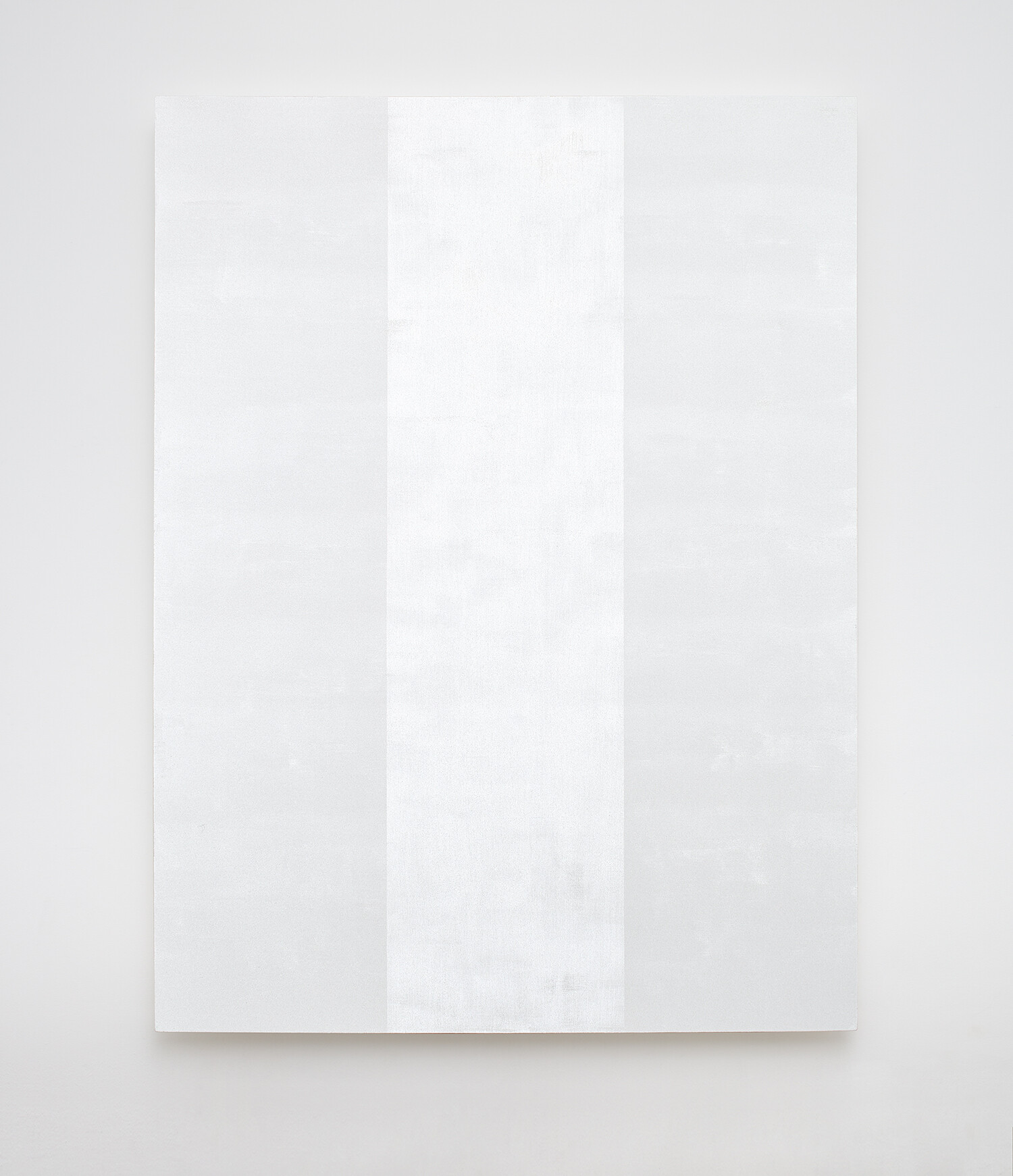Jo Baer, Mary Corse, Agnes Martin
September 14–November 2, 2019
1201 S. La Brea Ave
Los Angeles, CA 90019
United States
Hours: Tuesday–Saturday 10am–6pm
T +1 310 586 6886
info@kaynegriffincorcoran.com
Kayne Griffin Corcoran is honored to present At the Edge of Things: Baer, Corse, Martin, an exhibition of works by three generations of American abstract artists.
At the Edge of Things explores the phenomenological possibilities of abstraction in the work of three artists over the past sixty years. Focused on the artists’ deep engagement with notions of dimensional space and perception, the exhibition offers a new perspective on the tropes of hard-edge painting. The works of Jo Baer, Mary Corse and Agnes Martin combine form, line, and color in surfaces with flat boundaries, each examining the idea of negative space as a repudiation of representation and subject, in favor of a purity of form. At the Edge of Things establishes an implicit conversation between these artists and their engagement with Minimalism, radicality, and the metaphysical in painting.
For Martin, the notion of the edge as a formal tool is most clearly manifested in her use of the grid and compositions of wide bands of pale color. These pictorial devices offered a way for Martin to extract subjectivity, allowing her to paint with her “back to the world”. With austere pencil lines and grids superimposed on subdued fields of wash and color, Martin establishes a spatial language that she would refine and reinterpret over ensuing decades. In contrast to the work of other painters, the edges Martin created with lines of graphite and bands of color were often subtly blurred, allowing each painting to “come-into-being” through the perception of the viewer.
Over the past five decades, Corse’s practice has investigated perception, properties of light and ideas of abstraction—all through an innovative approach to the medium of painting, in which light serves as both the subject and object of art. The works on view in this exhibition span from the early stage of Corse’s career in the 1960s through to two new paintings premiering in this show. In 1968, Corse discovered glass microspheres, an industrial material used in street signs and dividing lines on highways. Combining these tiny refractive beads with acrylic paint, she creates paintings that appear to radiate light from within and produce shifts in appearance contingent on their surroundings and the viewer’s position. Throughout her work, Corse emphasizes the abstract nature of human perception, expanding beyond the visual to include subtleties of feeling and awareness.
The exhibition also includes several paintings by Jo Baer made during the 1960s—the early phase of the artist’s career, during which her minimal abstract paintings utilized the edges of planar forms, line, and color to explore the nature of perception. Prompted by the artist’s fascination with the physiological experience of painting, Baer’s early abstract canvases emphasize the spectator’s act of looking, while highlighting the illusory potential of a seemingly blank, or flat, space.
At the Edge of Things: Baer, Corse, Martin traveled to Kayne Griffin Corcoran from Pace Gallery in London, where it was on view June 7–August 7, 2019.
Jo Baer (b. 1929) has engaged in an ongoing commitment to painting for over five decades. In the 1960s and 70s, she explored non-objectivity in her paintings as part of the New York Minimalist community. In 1975, she left New York for Europe and began an investigation of representation and Image-based painting, which continues to today. She lives and works in Amsterdam.
Mary Corse (b. 1945) lives and works in Topanga Canyon, CA. She earned her BFA from Chouinard Art Institute in 1968. Corse is currently the subject of a significant three-year installation at DIA: Beacon, featuring prominent historic works from DIA’s permanent collection, as well as an extensive survey exhibition now on view at LACMA following a recent presentation at the Whitney Museum in New York.
Agnes Martin (b. 1912; d. 2004) imparted a legacy of abstraction that has inspired generations of artists. Using a limited palette and a geometric vocabulary, her works are inscribed with lines or grids that hover over subtle grounds of color. Her paintings negotiate the confines of structure and space, eliciting a purity of form without language.



